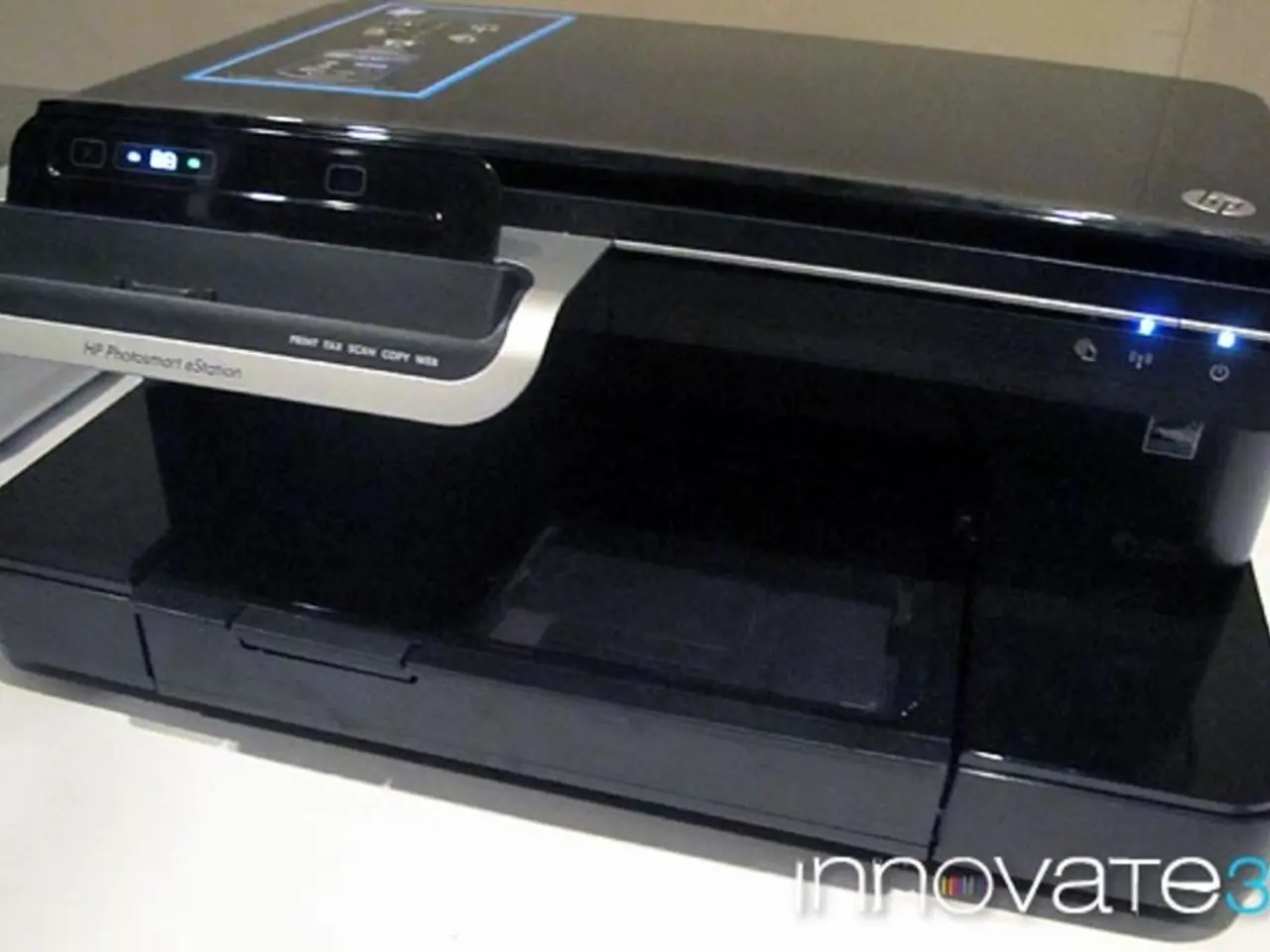Direct Laser Printing's Benefits Unveiled
In the ever-evolving world of electronics, the PCB manufacturing industry is witnessing a significant shift towards Laser Direct Imaging (LDI) for High-Density Interconnect (HDI) circuit fabrication. This innovative technology offers several key advantages over conventional photolithography, particularly in the realm of intricate and demanding HDI PCB production.
Higher Precision and Accuracy
One of the most notable benefits of LDI is its ability to achieve higher precision and accuracy. By using a focused laser beam to directly expose the photoresist without masks, LDI can achieve line/space features and via placements with extremely tight tolerances, down to ±0.01 mm. This level of precision is crucial for HDI PCBs, where features are densely packed, and even small deviations can cause signal integrity issues.
Maskless Process and Adaptive Patterning
LDI's maskless process significantly reduces the risks of mask misalignment and eliminates the cost, time, and complexity involved in mask production. Additionally, advanced LDI systems can dynamically adjust exposure patterns to compensate for die shift and panel distortions during processing, leading to better alignment and fewer defects in multilayer HDI boards.
Faster Setup and Production Speed for Complex Designs
LDI's ability to quickly iterate without the need for new masks makes it well-suited for rapid prototyping and manufacturing of complex, fine-feature HDI PCBs. It can handle feature sizes and pitches that are challenging for conventional photolithography.
Enhanced Reliability for High-Speed Electronics
With precise via placement and fine line patterning, LDI supports superior signal integrity crucial for today’s high-speed digital circuits (often >10 Gbps), reducing impedance mismatches and crosstalk often caused by photolithography limitations.
Environmental Impact and Cost Savings
Beyond its technical advantages, LDI also offers environmental benefits and cost savings. By eliminating the need for photomasks, LDI reduces waste and the associated costs, while also reducing the environmental impact of PCB manufacturing.
In summary, LDI improves the accuracy, flexibility, and speed of photopatterning processes in PCB manufacturing, directly benefiting the demanding requirements of HDI circuits with tight geometries and high signal integrity needs. As the next step in the evolution of the PCB photolithography process, LDI is poised to revolutionise the industry and set new standards for precision and efficiency.
[1] Journal of Electronic Materials [2] IEEE Transactions on Electron Devices [3] Journal of Microelectronics and Reliability [4] Proceedings of the IEEE
Data-and-cloud-computing technologies are increasingly being utilized to optimize and streamline the PCB manufacturing process, particularly in the implementation of Laser Direct Imaging (LDI) for High-Density Interconnect (HDI) circuit fabrication. This cutting-edge technology leverages technology to achieve higher precision and accuracy, reduce risks of mask misalignment, and enhance reliability for high-speed electronics, ultimately offering environmental benefits and cost savings.
Exploiting advanced technology in LDI systems allows for dynamic adjustments of exposure patterns, compensating for die shift and panel distortions during processing, thereby reducing defects in multilayer HDI boards. Furthermore, these systems enable faster setup and production speed for complex designs, making them ideal for rapid prototyping and manufacturing of fine-feature HDI PCBs.




